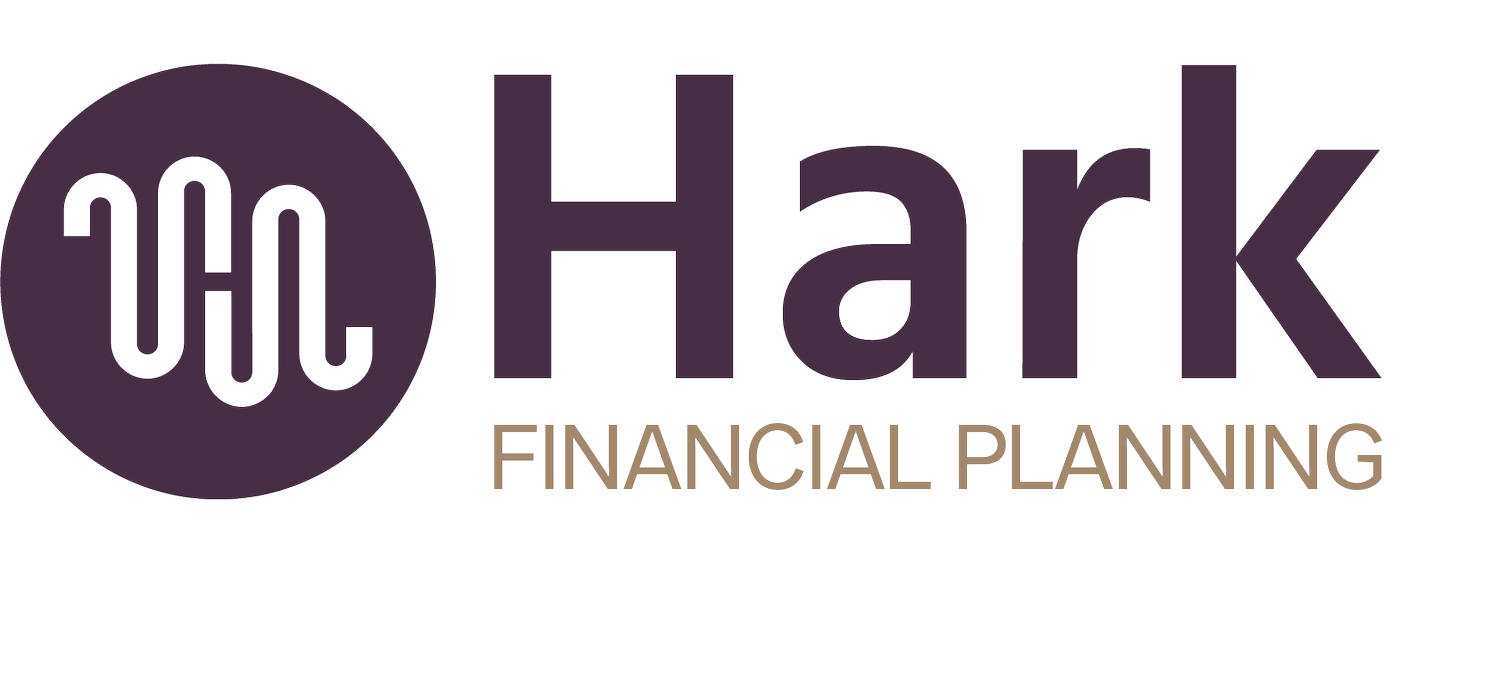Are You on Track to Max Out Your 401(k) in the Last Three Months of 2025?
As the end of the year approaches, it’s a good time to ask: Are you on track to max out your 401(k) contributions this year?
For busy law-firm partners, self-employed professionals, and high-income earners, it’s easy for retirement savings to take a backseat to everything else happening in Q4. But if you’re aiming to hit the annual limit—or even just contribute meaningfully—now is the time to check in. You still have time to course-correct before year-end, but the window is closing fast.
What Are the 2025 401(k) Contribution Limits?
For 2025, the IRS allows individuals to contribute up to:
$23,000 if you’re under age 50
$30,500 if you’re 50 or older (including a $7,500 catch-up contribution)
These limits apply to employee deferrals—what you choose to contribute from your paycheck or partnership distributions. If you’re self-employed or receive employer contributions, your total limit may be higher when you factor in profit-sharing or matching contributions.
For many law-firm partners and business owners, the real question is not “Can I?” but “Have I?”—and if not, “What’s still possible before the deadline?”
Why It’s Worth Prioritizing
Maxing out your 401(k) is more than just checking a financial box—it’s one of the most tax-efficient moves you can make:
Pre-tax contributions reduce your taxable income today.
Roth 401(k) contributions grow tax-free for retirement.
Employer contributions (if applicable) are essentially free money, if you’re eligible.
For high earners, contributing the full amount can meaningfully reduce your adjusted gross income (AGI), support long-term planning goals, and allow for more flexibility in future years.
How to Know If You’re On Track
Take a few minutes to look at your year-to-date 401(k) contributions and compare them to the IRS limits above. If you’ve been contributing evenly throughout the year, you might already be close.
But many high-income professionals—especially partners with variable income—tend to back-load contributions toward the end of the year. This can work, but it requires coordination and a clear understanding of:
How much you've contributed so far
How much income is still expected in Q4
Whether you’re on payroll or making distributions (which impacts how and when contributions can be made)
A Certified Financial Planner™ professional can help model different contribution schedules to help you reach the maximum efficiently—without disrupting cash flow or other savings goals.
What If You’re Behind?
You still have time.
If you’re employed and use payroll contributions, you may be able to increase your deferral rate for the remainder of the year. For example, going from 10% to 25% for three months can close a gap quickly—especially if your year-end bonus hits in December.
If you’re self-employed and contributing to a solo 401(k), your deadline to make contributions may extend into 2026—but you need to set them up and plan for them now, especially for employee deferrals.
Don’t Forget the Big Picture
Your 401(k) doesn’t exist in isolation. It’s just one piece of a broader financial puzzle—alongside your taxable investments, emergency savings, business cash flow, and tax strategy.
This time of year is a great moment to zoom out and ask:
Am I saving in the right places for my goals?
Should I prioritize tax-deferred, Roth, or taxable accounts?
Is this 401(k) contribution crowding out other priorities—like charitable giving or 529 funding?
Don’t forget to look at how your 401(k) is invested. Rember the 401(k) is just an investment account type not an actual investment.
These are the kinds of trade-offs a financial planner can help you think through clearly and confidently.
The Bottom Line
If you’re aiming to max out your 401(k), October is the moment to check your progress—not December 30th when it’s too late to act. You still have time to make adjustments, increase contributions, and finish the year strong.
Need help figuring out where you stand—or whether your current strategy supports your broader financial picture? We’re here to help you take the next smart step.

